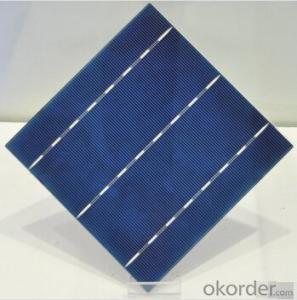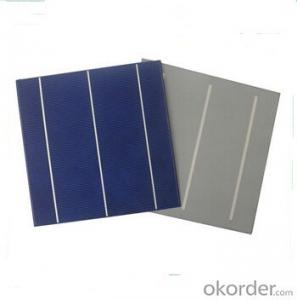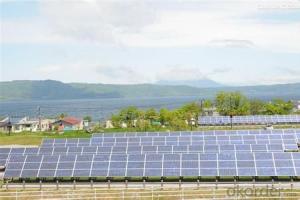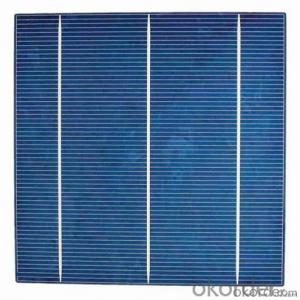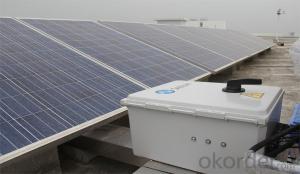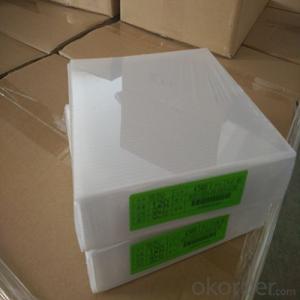Algae Solar Cells
Algae Solar Cells Related Searches
Except For Solar Cells Weegy Problems With Solar Cells High Power Solar Cells Light Trapping In Solar Cells High Performance Solar Cells High Output Solar Cells High Wattage Solar Cells Energy Transfer In Solar Cells High Efficiency Hvac Systems Recombination In Solar CellsHot Searches
Cheap Solar Cells For Sale Flexible Solar Cells For Sale Q Cells Solar Panels For Sale Printed Solar Cells For Sale Bulk Solar Cells For Sale 6x6 Solar Cells For Sale Broken Solar Cells For Sale Cpv Solar Cells For Sale Photoelectric Cells For Sale Price Of Silicon Solar Cells Price Of Solar Cells Over Time Buy Solar Cells From China Cheap Solar Cells China Best Type Of Solar Cells Flexible Solar Cells Price Q Cells Solar Panels Price 3 Types Of Solar Cells Production Of Solar Cells Common Types Of Solar Cells Q Cells Solar Panel PricesAlgae Solar Cells Supplier & Manufacturer from China
Okorder.com is a professional Algae Solar Cells supplier & manufacturer, offers integrated one-stop services including real-time quoting and online cargo tracking. We are funded by CNBM Group, a Fortune 500 enterprise and the largest Algae Solar Cells firm in China.Hot Products
FAQ
- Is the Solar Power Photovoltaic Cells the same as PV cells modules?
- According to the application needs, solar cells after a certain combination, to achieve a certain rated output power and output voltage of a group of photovoltaic cells, called PV modules
- No, solar cells do not work at night or in low light conditions because they require sunlight to generate electricity.
- How many types of solar cells are now being used in real life?
- Many many types.
- Solar cells handle power fluctuations through a process called maximum power point tracking (MPPT), which optimizes the output power of the cell. MPPT algorithms continuously monitor the voltage and current of the solar cell and adjust the load resistance to ensure that the cell operates at its maximum power point, even in the presence of fluctuations in solar irradiance or temperature. This allows solar cells to efficiently convert sunlight into electricity and adapt to changing environmental conditions.
- Solar cells may face challenges in areas with high levels of sandstorms. The sand particles in the air during a sandstorm can potentially cover the surface of solar panels, reducing their efficiency. Moreover, sandstorms may also cause physical damage to the solar cells and their supporting structures. Therefore, it is crucial to implement proper maintenance and protection measures, such as regular cleaning and the use of protective coatings, to ensure optimal performance of solar cells in areas prone to sandstorms.
- The average lifespan of a solar cell in space can vary depending on several factors such as the quality of the materials used, the level of radiation exposure, and the specific mission requirements. However, on average, solar cells in space can last anywhere from 10 to 25 years.
- The lifespan of a solar cell can vary depending on various factors, but on average, solar cells have a lifespan of around 25 to 30 years. However, with proper maintenance and care, solar cells can even last longer, sometimes up to 40 years or more.
- Yes, solar cells can be used for powering agricultural irrigation systems. Solar-powered irrigation systems use photovoltaic cells to convert sunlight into electricity, which can then be used to power pumps and other equipment needed for irrigation. This sustainable and renewable energy source is particularly beneficial for remote areas with limited access to electricity grids.






















